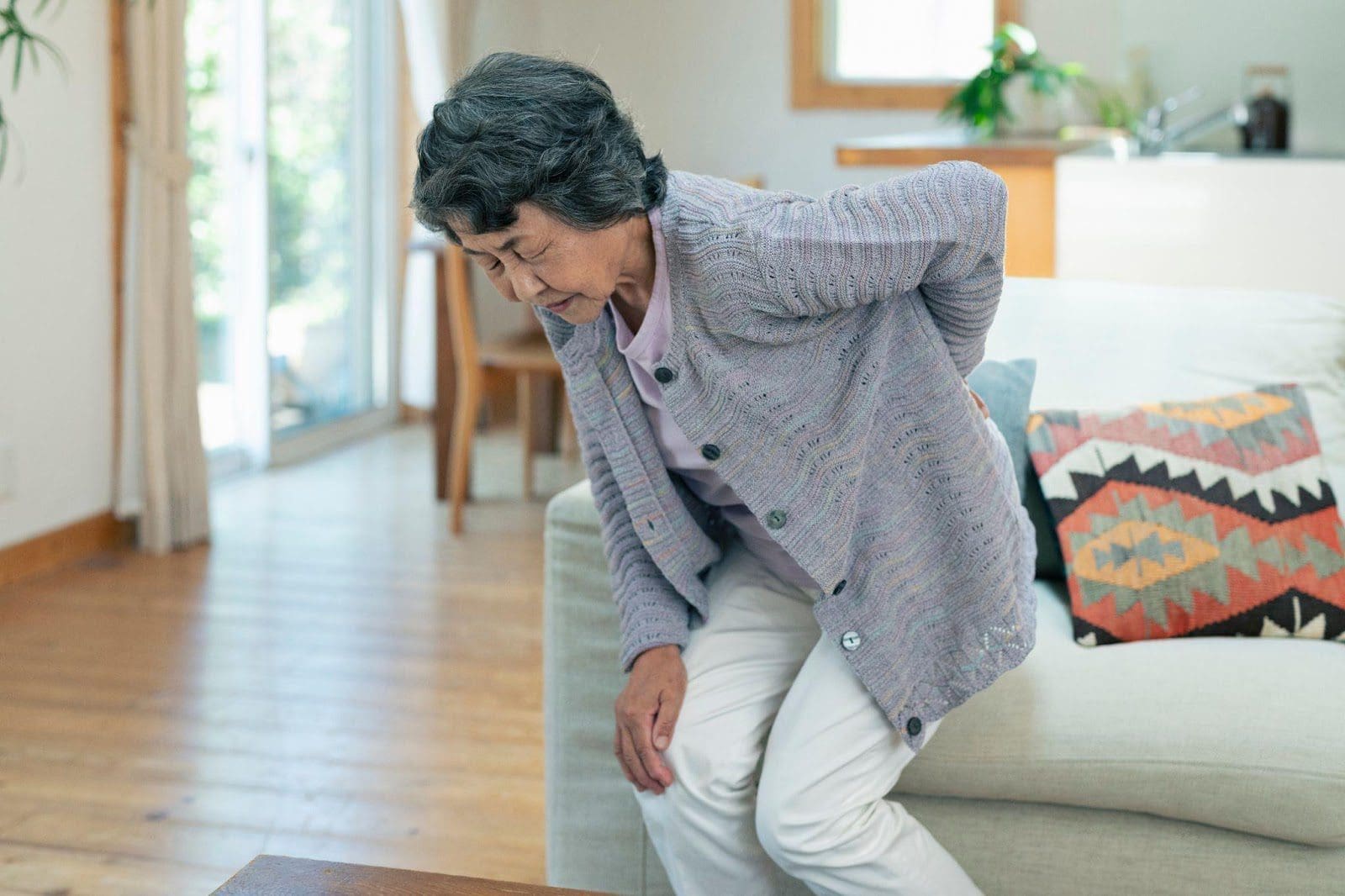
Chiropractic care can be effective for treating spondylolisthesis. It's a patient-centered approach that offers customized treatment plans for each patient. This ensures that your chiropractic treatment aligns with your current situation and goals.
In addition to adjustments, chiropractors might use therapeutic exercises, soft tissue therapy, and lifestyle recommendations to provide a comprehensive plan for healing from spondylolisthesis.
Spondylolisthesis is a condition in which a vertebra slips forward over an adjacent vertebra. This slippage leads to spinal instability, generally in the lumbar spine. There are different types of spondylolisthesis, including:
Many factors contribute to someone's likelihood of having or developing spondylolisthesis. This includes age, genetics, trauma, and gender.
The most common cause of spondylolisthesis is overextension of the spine. This is common among athletes. If someone is genetically predisposed to the condition and participates in a sport that puts them at risk of spinal overextension, their chances of developing spondylolisthesis are high.
The second most common reason people develop the condition is age. Over time, wear and tear on the spine increases the risk of a slipped vertebra.
Finally, if a baby's spine fails to form correctly, they can be born with spondylolisthesis.
The risk of developing spondylolisthesis is higher based on:
Some people don't experience any spondylolisthesis symptoms. However, if spondylolisthesis symptoms arise, they usually include:

Chiropractic care is a potential alternative to surgery for treating spondylolisthesis. It can also be used as a complementary therapy or on its own to manage the condition. Everyone is unique, and working with a chiropractor familiar with treating spondylolisthesis is important.

Some of the benefits of using chiropractic treatments for spondylolisthesis include:
Spondylolisthesis causes pain in some people that range from mild to severe. Pain usually occurs in the lower back. Chiropractic adjustment alleviates spondylolisthesis pain by improving joint mobility, reducing inflammation, and restoring the proper functioning of the nerves in the area. As a result, people with spondylolisthesis seeing a chiropractor tend to enjoy a better quality of life.
Chiropractic treatments restore range of motion, which is often a problem for people suffering from spondylolisthesis. These limitations tend to interfere with someone's day-to-day life. Spondylolisthesis treatment focuses on aligning the spine, which enhances flexibility and joint function. Over time, with appropriate treatment, people with spondylolisthesis regain their mobility.
Chiropractic care is a drug-free, all-natural, and non-invasive treatment option for people with spondylolisthesis.
For many, it prevents the need to treat the condition surgically. This is because chiropractic care targets the underlying cause of the condition. It doesn't try to mask symptoms with medication, and it doesn't put the patient at risk with invasive treatments. Many people looking for a conservative way to manage their lower back pain and improve their quality of life without facing any potential severe risks opt for chiropractic treatments for spondylolisthesis.
Every situation is different. A chiropractor will customize your treatments based on your needs and circumstances. Treatment typically begins with a discussion of your situation, an analysis of your spine, and various assessments. Once a course of treatment is determined, your chiropractor will adjust the segments above or below the location of the spondylolisthesis. Rarely is the affected vertebra adjusted.

In addition to the adjustments, you'll also work on strengthening your core with exercises you can do during the visit and at home. Your chiropractor will suggest postural changes and stretching to practice independently to enhance treatment.
Spondylolisthesis affects the spine’s stability. When someone has this condition, their vertebrae move abnormally and slip out of place and onto the vertebra below. This can cause pressure on nerves, which leads to lower back and leg pain. In some cases, the lower back pain is severe.
Spondylosis is a general term that describes degenerative diseases of the spine. These include facet joint and disc degeneration due to aging. Spondylolisthesis describes a slipped vertebra.
Spondylolysis only refers to the separation of the small bony arch in the back of the spine between the facet joints. Spondylolisthesis is the anterior slippage of one vertebra over another. The two conditions are related, and spondylosis can lead to spondylolisthesis.
There are several different treatments chiropractors use to help with spondylolysis, including:

© Accident Care Chiropractic | Hablamos Español
Located in: North Portland, NE Portland, SE Portland, Gresham, Clackamas, Oregon City, Hillsboro, Bethany, Beaverton, Tigard, Forest Grove, Woodburn,
McMinnville, Keizer, Salem, South Salem, Bend, Springfield, Vancouver, Hazel Dell, East Vancouver, Pasco, Kennewick, Lakewood.
We Specialize in Car Accident Treatment & Recovery
Home | About Us | Testimonials | Blog | Sitemap | Privacy Policy | Services | Locations | Contact Us